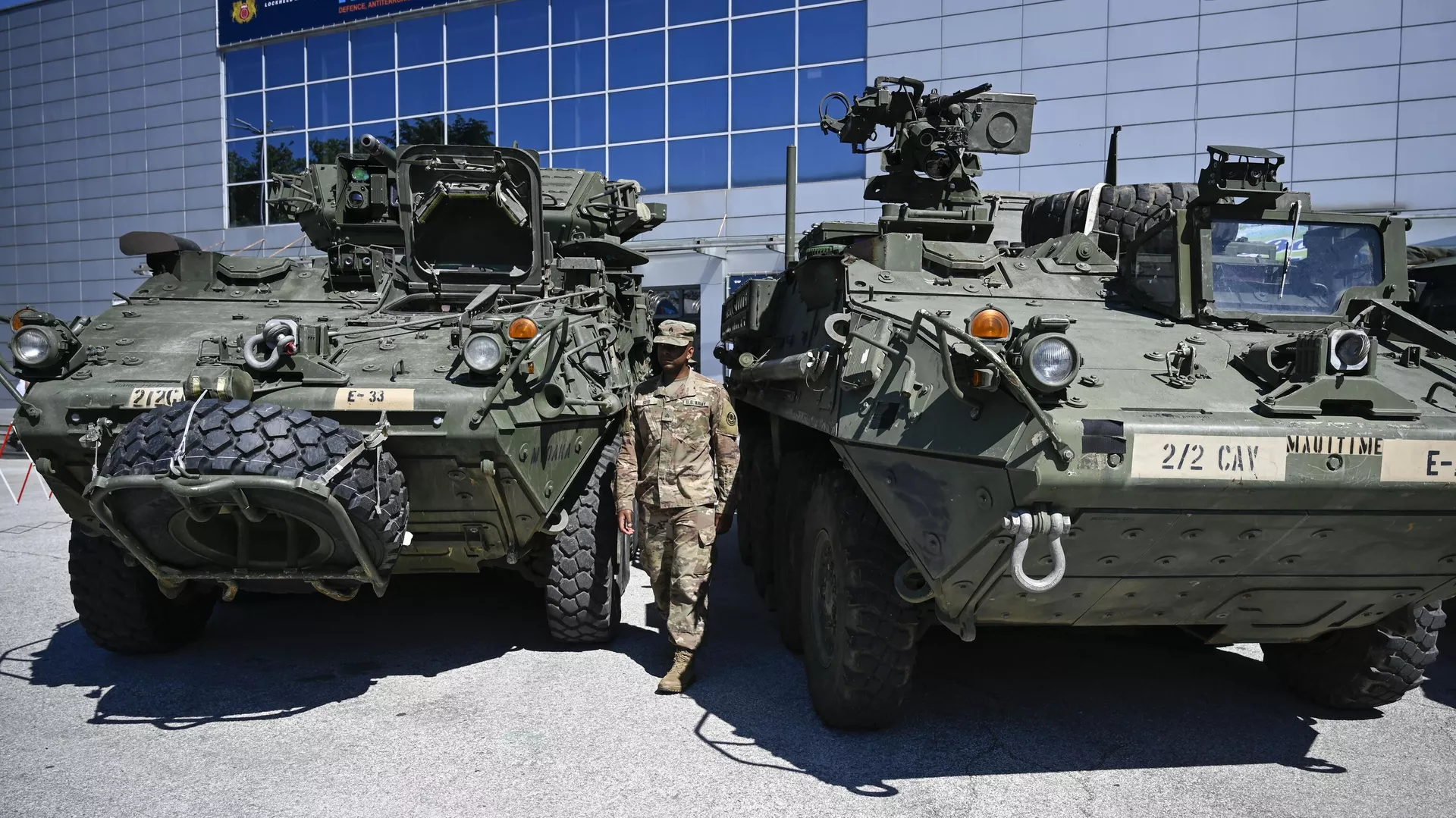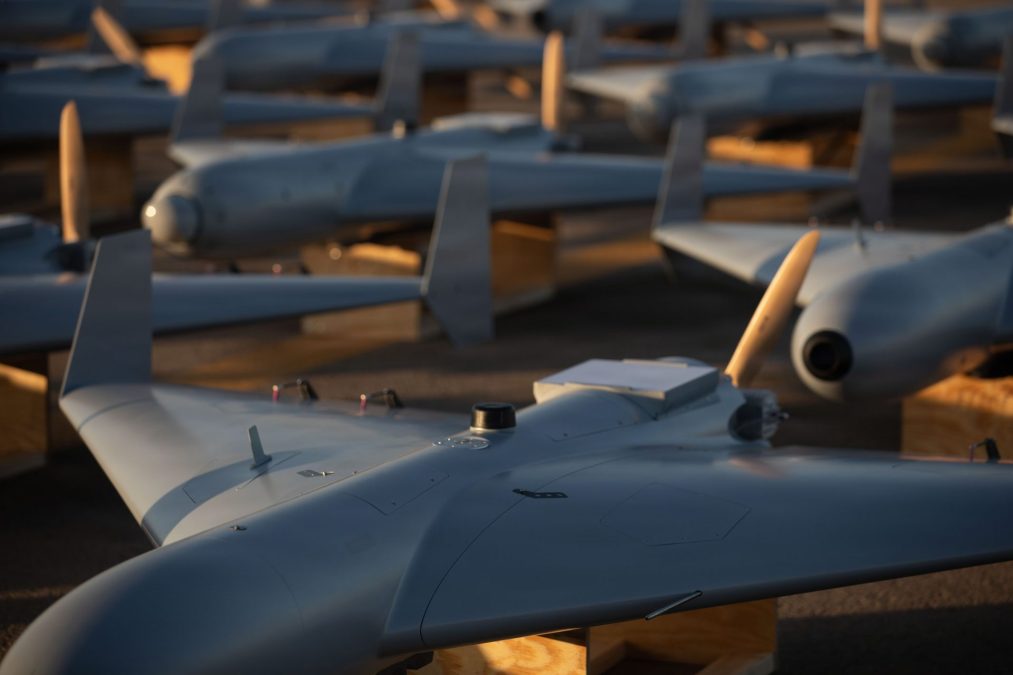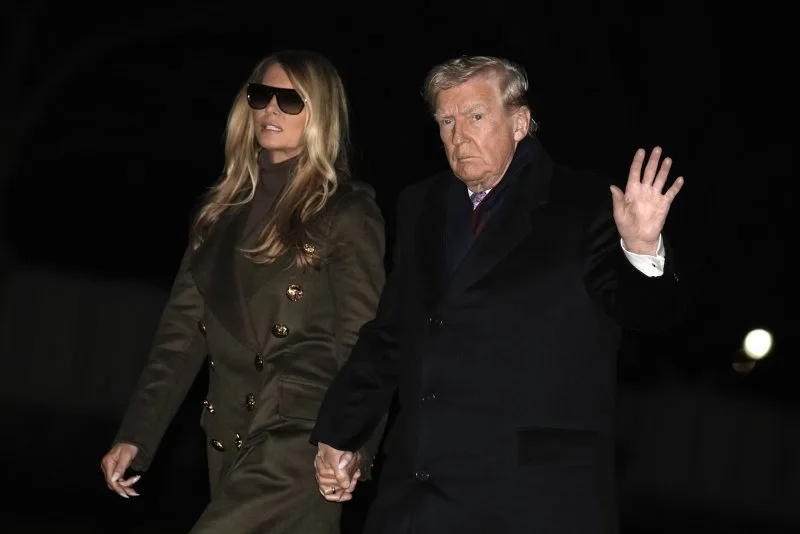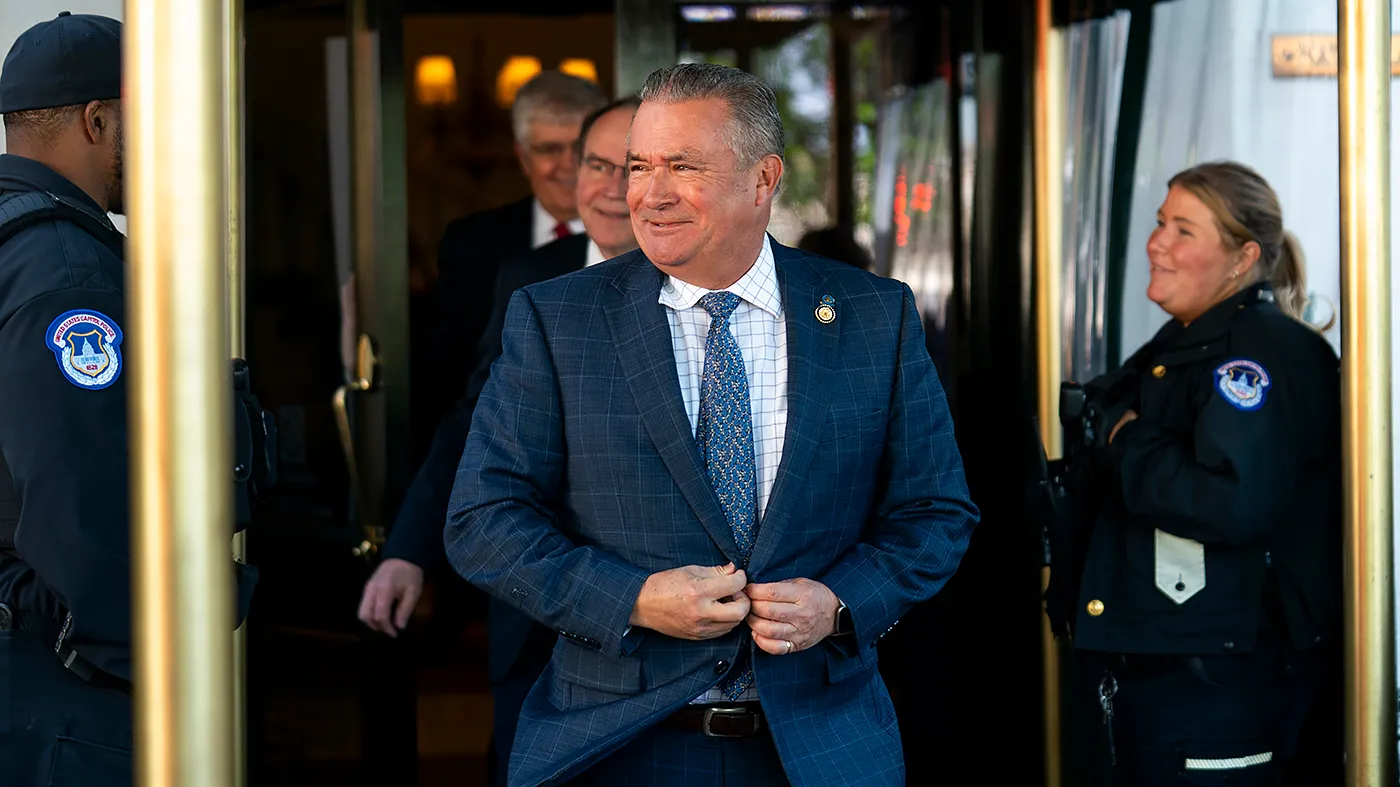US arms sales overseas reached a record of $238 billion last year, according to the State Department. What does this sum consist of? Sputnik found out.
Capitalizing on armed conflicts across the world is not uncommon for Washington, something that is confirmed by the fact that the US’ foreign military sales (FMS) reached $80.9 billion in fiscal year 2023, soaring almost 56% from the previous year to set a new record.
Apart from FMS, America’s so-called direct commercial sales (DCS) likewise increased last year to $157.5 billion from $153.6 billion in fiscal 2022, the State Department said in a statement. A record total of FMS and DCS in FY2023 stands at about $238 billion.
FMS and DCS are two major ways for foreign governments to purchase arms from US companies. Under DСS, the US’ international partners collaborate directly with American companies, while FMS stipulates that a customer is assured that the acquisition process will be subject to DoD standards through every step of the process. Both sales require US government approval.
FMS-Related Deals
The total $80.9 billion figure for FMS last year includes $62.25 billion in arms sales funded by US allied and partner nations, as well as $3.97 billion through the Title 22 Foreign Military Financing program, according to data released.
An additional $14.68 billion was funded through other Department of State and Department of Defense programs, including the Ukraine Security Assistance Initiative.
Poland made some of the biggest purchases, buying Apache helicopters for $12 billion and also paying $10 billion for High Mobility Artillery Rocket Systems (HIMARS). Germany spent $8.5 billion on Chinook helicopters while Bulgaria paid $1.5 billion for Stryker armoured vehicles and Norway bought $1 billion worth of multi-mission helicopters. The Czech Republic bought $5.6 billion in F-35 jets and munitions.
Outside of Europe, the State Department data indicated that South Korea paid $5 billion for F-35 fighter jets and Australia spent $6.3 billion on C130J-30 Super Hercules planes. Also, Japan reached a $1 billion deal for an E-2D Hawkeye surveillance plane.
DCS Contracts
Examples of last year’s major DCS Congressional Notifications include a hefty agreement with the Ukrainian Defense Ministry to supply National Advanced Surface to Air Missile System (NASAMS) worth $1.2 billion.
Other agreements worth approximately the above-mentioned sum pertain to Italy, India, Saudi Arabia, Singapore, South Korea, and Norway, per the State Department.
Sparking Conflicts Across the World?
It’s safe to assume that commercializing wars has become a trend in e US policy.
In the same vein, in a 2022 extensive report by the Washington-based Quincy Institute for Responsible Statecraft think tank, the authors urged the Biden administration “to address a number of key issues if US policy on arms sales is to be made consistent with long-term US interests.”
“The key policy consideration is how to restrict sales to those that will help allies defend themselves without provoking arms races or increasing the prospects for conflict,” the report pointed out, referring to the AUKUS submarine deal, which “will benefit US contractors but risks fueling arms competition and increasing tensions with China.”
On the “rapid” US military assistance to Ukraine, the report underscored that “the United States has failed to offer an accompanying diplomatic strategy aimed at ending the war before it evolves into a long, grinding conflict or escalates into a direct US-Russian confrontation.” Moscow has repeatedly warned the US and its allies that sending arms to Kiev would only prolong the Ukraine conflict.
The authors warned that foreign arms sales can also pose risks to US security “by fueling conflicts, provoking American adversaries, stoking arms races, and drawing the US into unnecessary or counterproductive wars.”




